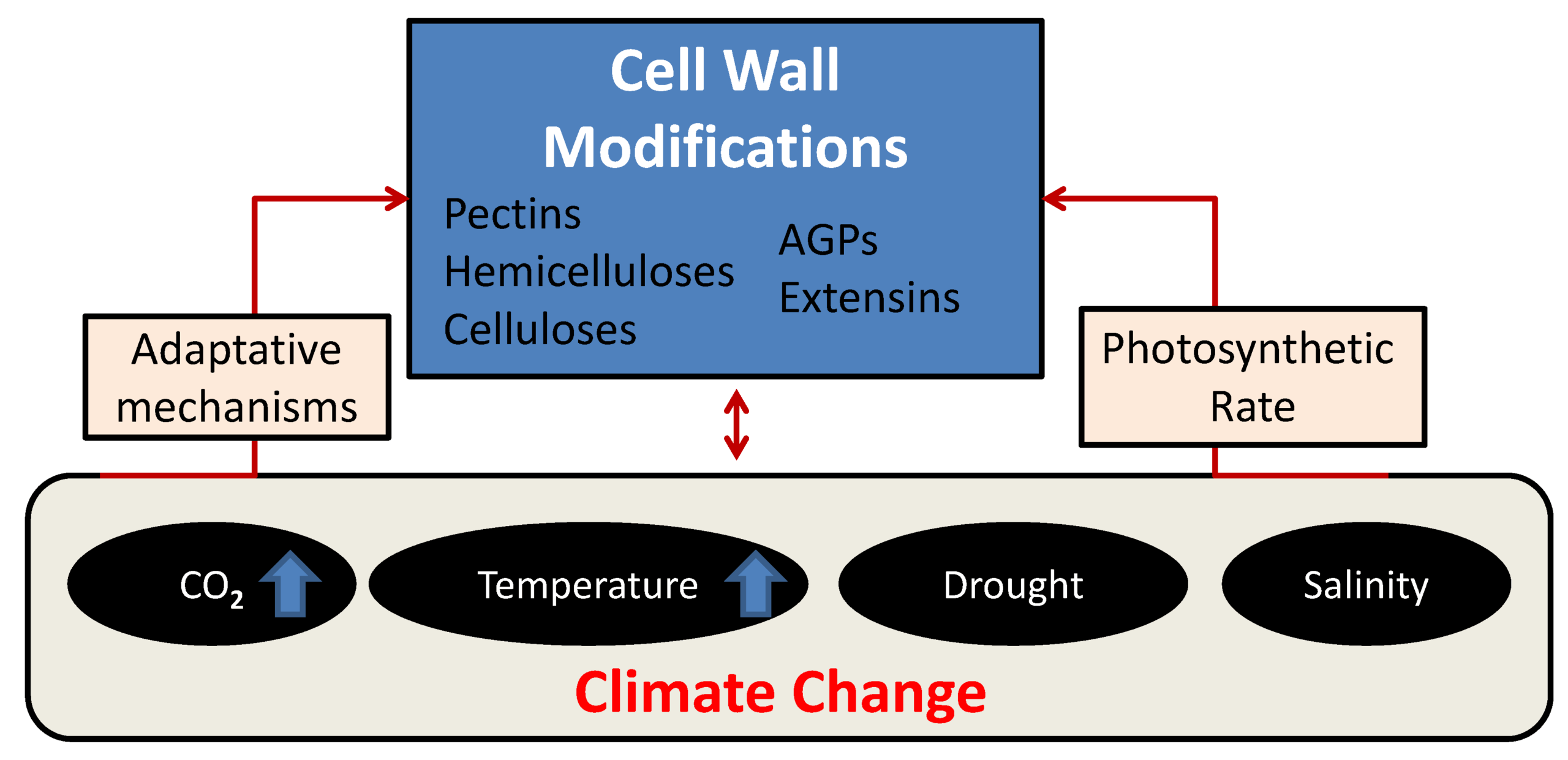
In the quest for sustainable agricultural practices and innovative biotechnologies, understanding the fundamental properties of plant structures becomes paramount. Among these, the plant cell wall stands out as a critical component that influences plant growth, development, and resilience. Recent advancements in plant sciences have shed light on the mechanics of the plant cell wall, opening pathways to harness these insights for cultivating healthy, productive, and environmentally friendly crops.
The plant cell wall is not merely a static structure providing mechanical support; it is a dynamic, complex matrix composed primarily of cellulose, hemicellulose, pectin, and proteins. Its mechanical properties determine how plants grow, respond to environmental stresses, and form usable biomass for various industries. By studying and manipulating these properties, scientists aim to develop sustainable growth solutions that address global challenges such as climate change, food security, and renewable material sourcing.
Understanding Plant Cell Wall Mechanics: The Foundation
The mechanics of the plant cell wall involve a delicate balance between rigidity and flexibility. The cell wall must be strong enough to maintain cell shape and resist external forces but flexible enough to allow growth and expansion. This balance is achieved through the interplay of its primary components:
- Cellulose Microfibrils: These provide tensile strength, forming a reinforced network that maintains cellular integrity.
- Hemicellulose and Pectin: These polysaccharides act as a gel-like matrix, modulating wall porosity and flexibility.
- Structural Proteins: Proteins such as expansins facilitate cell wall loosening, enabling cell extension during growth.
Recent research emphasizes that the mechanical behavior of these components is not static but highly adaptable, responding to internal signals and environmental stimuli. For instance, plants can modulate cell wall laxity to accommodate growth or fortify tissues in response to drought or pathogen attack.
Innovative Techniques in Deciphering Cell Wall Mechanics
To unlock the full potential of plant cell wall mechanics, scientists employ advanced tools and methodologies, including:
- Atomic Force Microscopy (AFM): Allows nanoscale measurement of cell wall stiffness and elasticity.
- Biomechanical Modeling: Computational models simulate how different wall components contribute to overall mechanical behavior.
- Genetic Engineering: Modifying genes responsible for cell wall synthesis and remodeling provides insights into structure-function relationships.
- Live-Cell Imaging: Visualizes real-time cell wall dynamics during growth and stress responses.
These techniques enable researchers to identify key genetic factors influencing wall mechanics and to develop strategies for manipulating these properties.
Applications: From Crop Improvement to Sustainable Materials
Harnessing knowledge from plant cell wall mechanics has a multitude of applications:
Enhancing Crop Growth and Resilience
By understanding how cell wall properties influence plant growth, breeders can select for varieties with optimal wall flexibility and strength. This can lead to crops that grow faster, withstand environmental stresses better, and require fewer chemical inputs. For example, modifying cell wall composition can improve drought tolerance by enabling roots and shoots to adapt more efficiently to water scarcity.
Developing Sustainable Biofuels and Bioproducts
Cell walls are rich sources of biomass for bioenergy. Unlocking the mechanical properties enables efficient breakdown of plant material during processing, improving yields of biofuels like ethanol. Additionally, tailored cell wall characteristics can facilitate the extraction of value-added products such as bioplastics and biochemicals, reducing reliance on fossil fuels.
Innovative Materials Inspired by Plant Walls
The structural principles of plant cell walls inspire the creation of novel sustainable materials. For instance, bio-inspired composites and fibers can be developed with enhanced strength, flexibility, and biodegradability, contributing to eco-friendly manufacturing.
Challenges and Future Directions
While the progress in understanding plant cell wall mechanics is promising, several challenges remain:
- Complexity of Wall Components: The intricate interactions among components require comprehensive models to predict behavior accurately.
- Genetic and Environmental Variability: Variability in plant species and conditions complicates the development of universal solutions.
- Scalability of Technologies: Translating laboratory findings into large-scale agricultural practices demands cost-effective and scalable methods.
Future research aims to integrate multidisciplinary approaches—combining genetics, materials science, and computational modeling—to design crops with tailor-made cell wall properties. Such innovations could lead to plants that grow more efficiently under climate stressors, produce more biomass sustainably, and serve as eco-friendly sources for industrial applications.
Conclusion: Towards a Sustainable Future with Plant Cell Wall Innovations
The frontier of plant cell wall mechanics offers exciting opportunities to revolutionize agriculture and industry. By unlocking the secrets of how plant tissues lend themselves to growth, resilience, and usable biomass formation, scientists are paving the way for sustainable solutions that align with environmental conservation and economic development.
Embracing these insights can lead to crops that grow smarter, materials that are stronger and eco-friendly, and biotechnologies that reduce our carbon footprint. The ongoing exploration into plant cell wall mechanics promises a future where our reliance on synthetic materials diminishes, replaced by nature-inspired innovations that support a sustainable and resilient planet.
For more updated news please keep visiting Prime News World.








